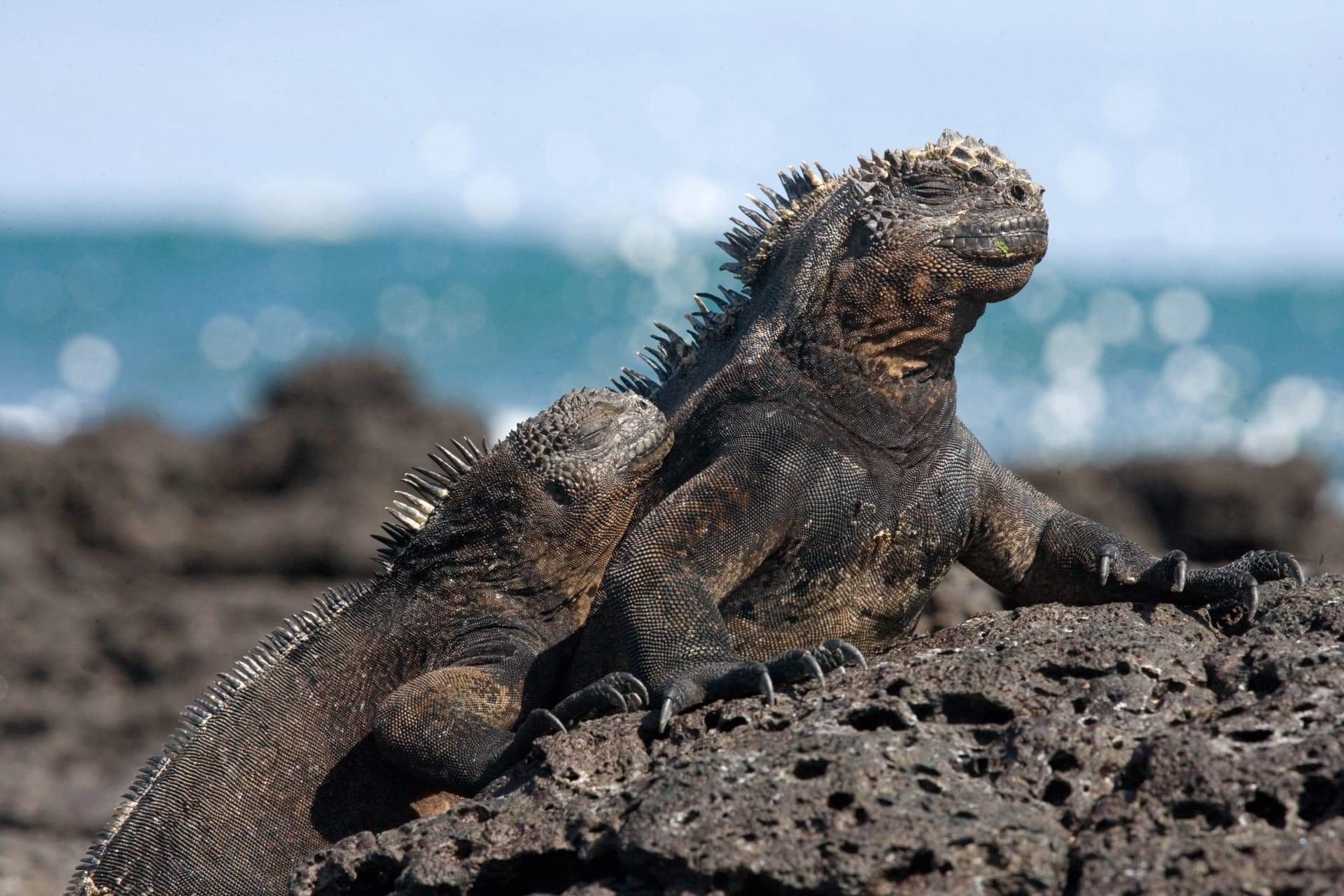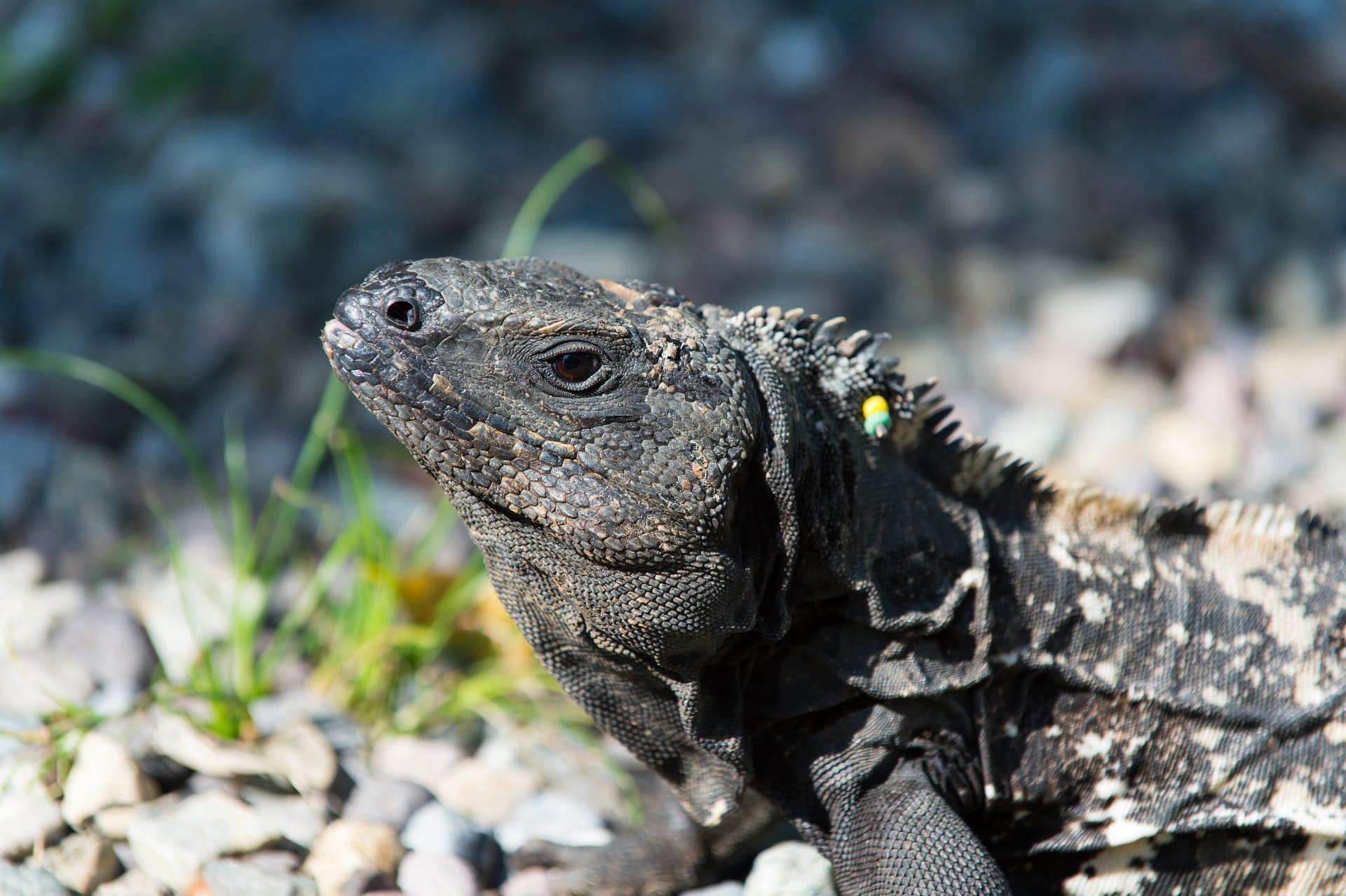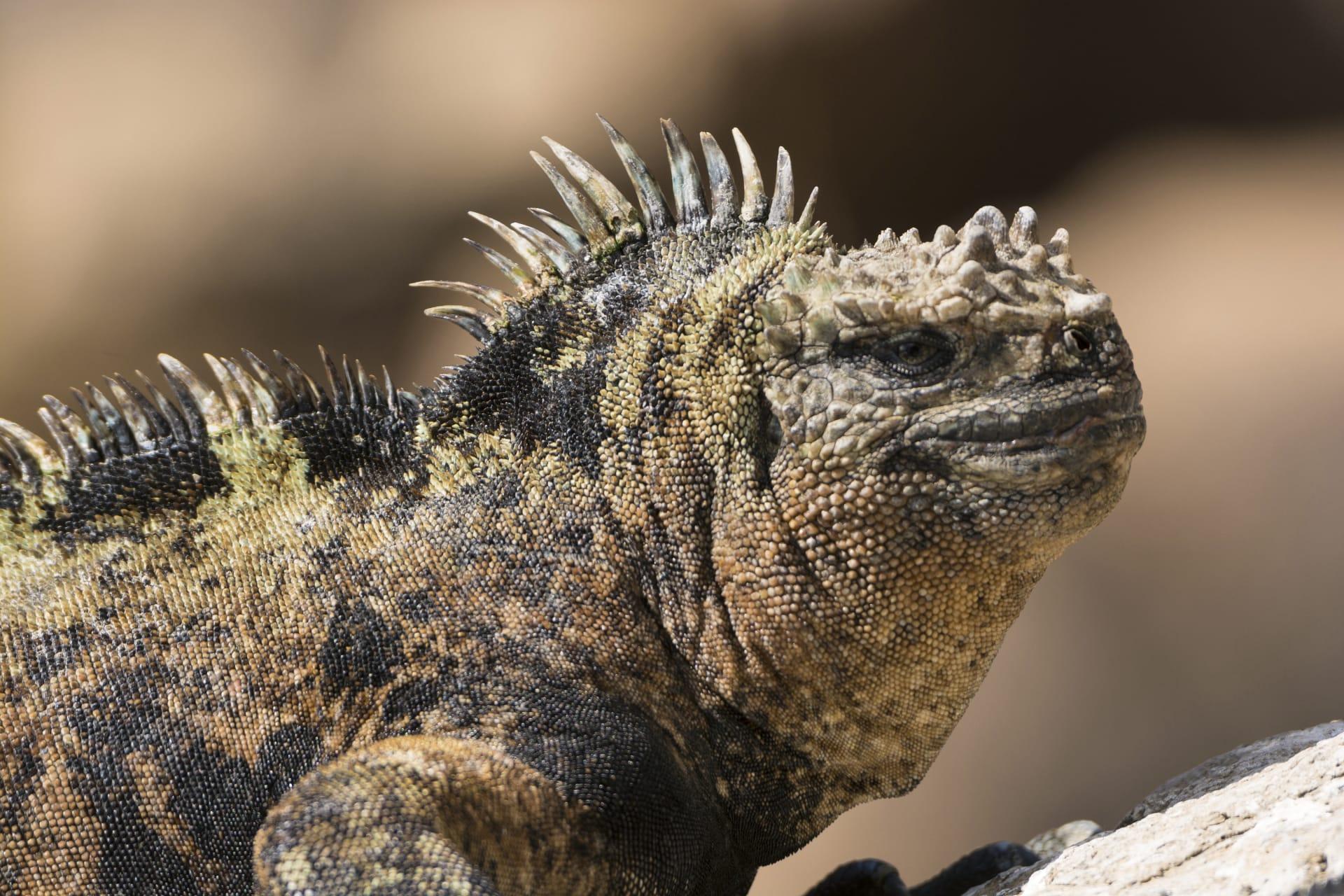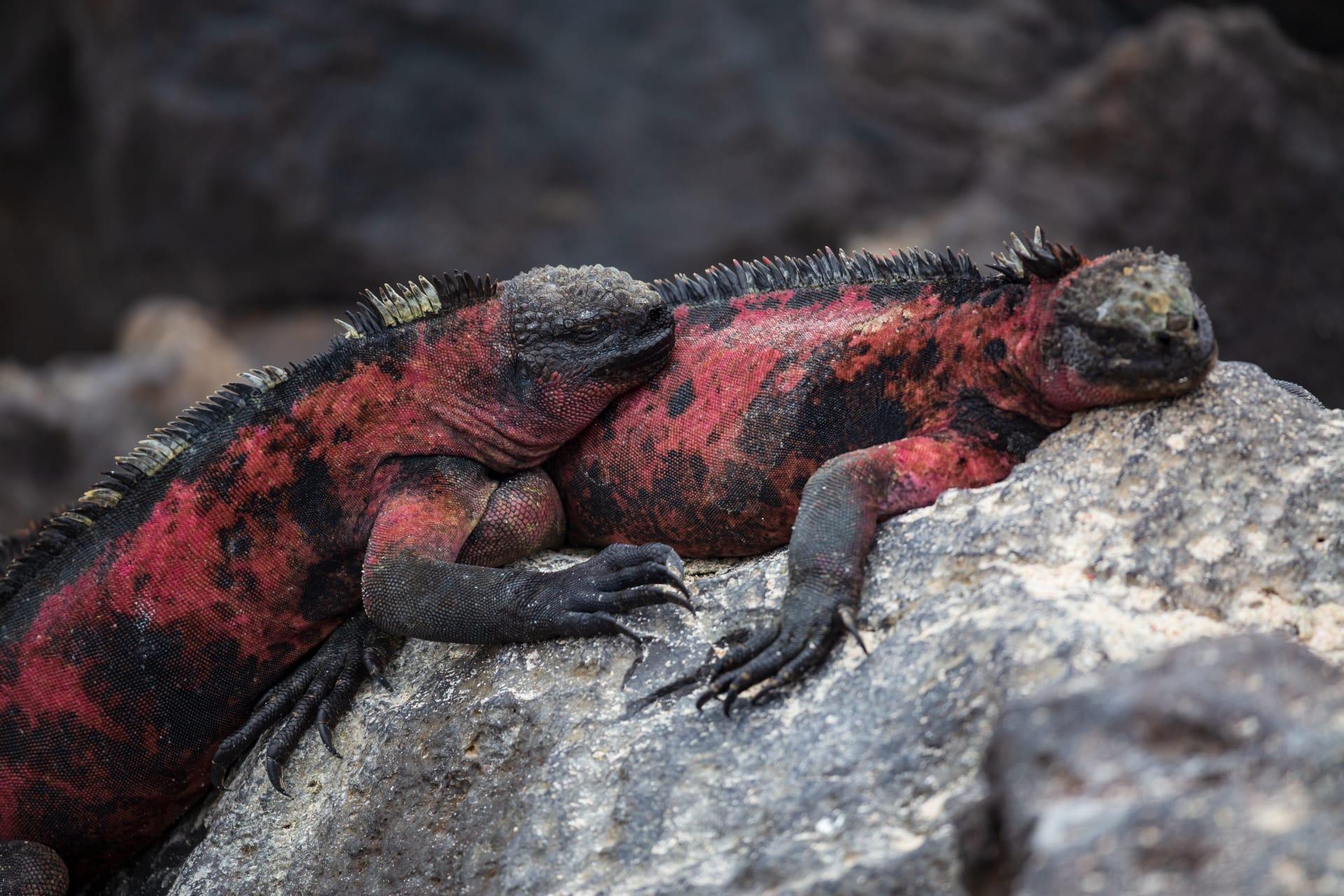Galapagos Marine Iguana Characteristics
- Home /
- Mini Encyclopedia /
- Animal /
- Galapagos Marine Iguana Characteristics
1
The Galapagos Marine Iguana, a unique creature found only in the Galapagos Islands, is an evolutionary marvel. These iguanas vary in size, typically ranging from 12 to 56 inches in length, and their weight can span from 1 to 12 kilograms, depending on the island they inhabit. One of the most fascinating aspects of their physicality is their lifespan - they can live up to 60 years, a testament to their robust nature in a challenging environment.
The standout organ of the Galapagos Marine Iguana is its salt-excreting nasal glands. These specialized glands are crucial for survival, as they allow the iguana to feed on marine algae without suffering from salt overload. When iguanas consume seaweed, they ingest a significant amount of saltwater. Their nasal glands filter and expel the excess salt, often seen as a spray of salty droplets, a process vital for maintaining their internal salt balance.

2
Question: How do the Galapagos Marine Iguanas adapt to their aquatic environment?
Answer: The Galapagos Marine Iguana has developed unique adaptations to thrive in its marine environment. Unlike other iguanas, they have flattened, paddle-like tails and strong, muscular limbs, which help them swim efficiently in the ocean currents. Their sharp claws enable them to cling onto rocks against strong waves. Additionally, their dark coloration helps in thermoregulation - absorbing heat from the sun quickly after cold swims. These adaptations allow them to forage for algae, their primary food source, along the rocky shores and in the sea.

3
The Galapagos Marine Iguana's movement is a fascinating blend of grace and power. On land, they may appear clumsy, but in water, they are agile swimmers. Their flattened tails, used like rudders, propel them through the water, while their webbed feet assist in steering. They can dive up to 30 feet and stay submerged for up to an hour, although most dives last around 10 minutes.
In terms of feeding, these iguanas are herbivores, with a diet mainly consisting of marine algae and seaweed. They graze underwater, skillfully scraping algae off rocks with their sharp, flattened teeth. During low tide, they can also be seen feeding on exposed algae. This diet is low in calories, which explains their slow metabolism and leisurely pace on land.

4
The habitat of the Galapagos Marine Iguana is as unique as the creature itself. These iguanas are exclusively found on the rocky shores of the Galapagos Islands, a volcanic archipelago in the Pacific Ocean. This environment, with its sparse vegetation and harsh climate, has shaped their remarkable adaptations. The iguanas bask in the sun to warm up and spend a significant amount of time in the cool waters to forage for food.
Reproduction in these iguanas is equally fascinating. Mating season occurs once a year, and their courtship involves head-bobbing, color changes, and territorial displays. Females lay 2-25 eggs in burrows dug in the sand, which they guard for several days. After about three months, the eggs hatch, and the young iguanas are left to fend for themselves, facing a high mortality rate in their first year of life.

5
Book: "Islands of Dragons: A Natural History of the Galapagos Marine Iguanas" by Dr. Jane Wilson (2003, USA). This book offers an in-depth look at the life and ecology of the Galapagos Marine Iguanas. Dr. Wilson, a renowned herpetologist, combines years of research with stunning photography to explore the behavior, adaptation, and conservation of these unique reptiles. Her work sheds light on their evolutionary history and the challenges they face in a rapidly changing environment.
Book: "The Iguanas of the Sea: Galapagos' Living Treasures" by Michael Benson (2010, UK). Benson's book delves into the world of the Galapagos Marine Iguanas through a blend of scientific exploration and narrative storytelling. He provides insights into their daily lives, survival strategies, and the rich history of the Galapagos Islands. Accompanied by vivid photographs and anecdotes from local researchers, this book is a captivating read for anyone interested in these extraordinary creatures and their habitat.